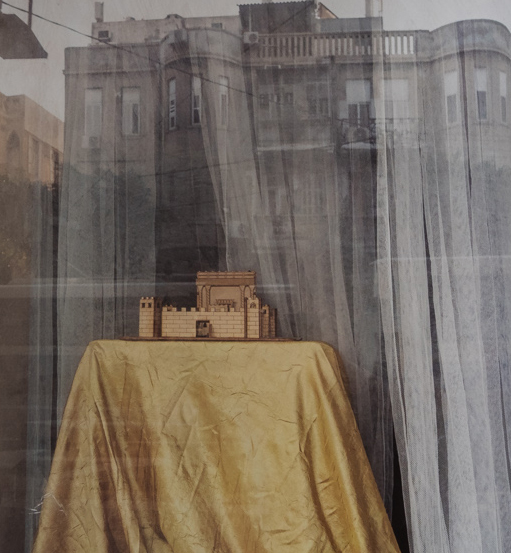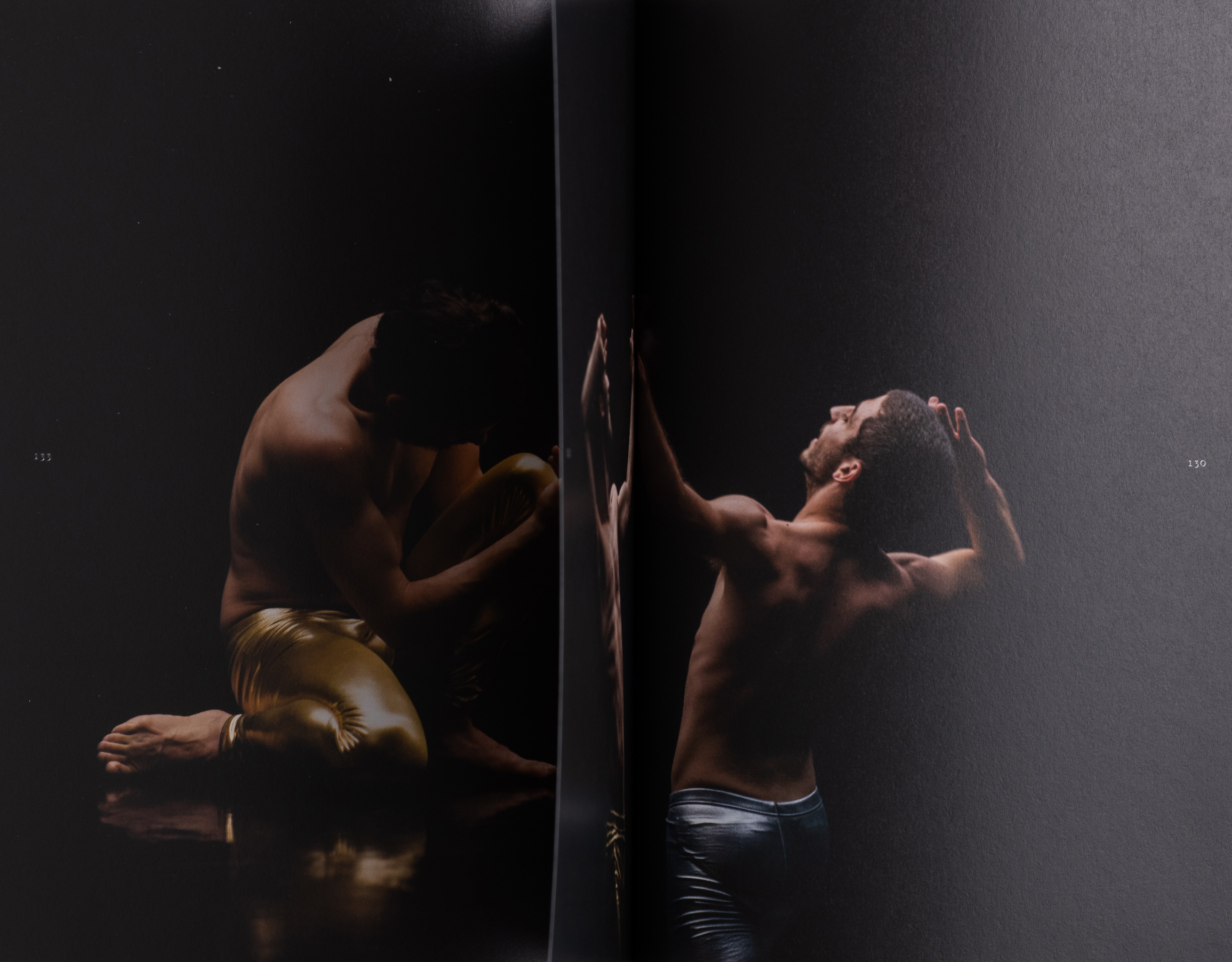How does a book come into the world?
[Hillel Ben Zeev Perlov]: The process of categorizing and choosing began when Maïa told me her idea of taking portraits of cities around the world. Most of the images were photographed here. I took most of the photographs between 2018 and 2019 in Tel Aviv, and without knowing that I would put them in the book. I also didn’t sort them in a way that would evoke the concept of a “portrait of Tel Aviv.”
[Maïa Aboualiten]: My idea was to make a book about every city with a name that begins with one of the letters in the word “portrait.” For instance, P-Paris, R-Ramallah, and so on. I arrived in Tel Aviv and met Hillel, and my first impulse was to look at his photographs in a new way, to encourage him to look at them in a broader sense. This was the genesis of the idea of a portrait of Tel Aviv, which Hillel knows so well and I have been discovering over the past year.
What process do you think the book embodies?
Maïell: The creation of this project was an opportunity to experience curatorial challenges together. To imagine our works printed on paper, circulating among people and creating a new dialogue, and also to have them standing on various people’s bookshelves, on tables, en route.
What was the easy part?
Maïell: The fun part of the work was choosing the photographs, and trying to find matches and correspondences. It was almost as though they had a voice and we could hear them talking to each other. Sometimes we discovered that our opinions about editing and composing different images were absolutely identical, and this gave them an even more special depth.
What proved difficult along the way?
Maïell: Keeping up the pace and making sure that we finally reach the intended destination—printing.
There are no captions for the images, only an accompanying text at the end of the book, by a famous Israeli cinematographer, the late David Perlov, who is your grandfather. What’s the connection between text and images?
Hillel: The question didn’t come up during the work, and I also didn’t think that we needed titles for my photos. Most of the photos were taken hastily, on an ordinary trip or when my emotions were running high. Perhaps the only picture I can give a title to is the cover photo because it’s a moment that looks staged. Most of the photographs are not staged. And for me, the name of the book characterizes all of them, together.
The text by David Perlov is from a magazine called Gitit, a music magazine, which was published in the nineties in Hebrew. My father (Noam Ben Zeev) edited the issue of the magazine in which this text appears. It’s an interview he did with my grandfather. It’s a really rare magazine, there are only 100 copies of it, and this issue has interviews with musicians and artists who talk about randomness, about encountering unexpected beauty. It connects to the idea we wanted the book to express, which is to show the randomness, in the photographs and in their pairings within the spreads of the book itself.
The second reason is that I feel very much connected to the way David photographed, in his films and his stills. The moments he chose were always significant despite their randomness. When the hidden in them is deciphered, their uniqueness is revealed. All of these inspirations led me to look at the city differently. Every bird, every person I come across, has something hidden. We also both love cinema.
A name of a book is always a sort of secret. Will you let us in on it?
Maïell: As we said, the name of the booklet was chosen with a series of books in mind, one that would present portraits of Mediterranean cities. We chose the booklet format to gain the most freedom and space for our works and to create independently, in the hope that this portrait will be part of our larger project together.
Who is the book dedicated to?
Maïell: To all the Tel Avivians, residents, tourists, or new immigrants. And to all the photographers and photography enthusiasts.
What were the inspirations for your works?
Hillel: My father has been an influence on me. A few years ago, he bought me a Hebrew translation of the Tao Te Ching by Lao Tzu. Another book that influenced me in connection with the theme of A Portrait of Tel Aviv is The Tao of Wu by RZA.
Maïa: My favorite works are almost all of Eric Kessels’s photographs, South American photographer Horacio Fernandez’s photo albums, and Raymond Depardon’s book La France.
Making a book is like…
Hillel: When I think about it now, it’s like re-living the moment I photographed, experiencing the creative process one more time.
What did you learn about bookmaking that everyone should know?
Hillel: It’s very special to make a book together. I didn’t think that I could make a book from my work until I met Maïa.
Where can readers get a copy of your book?
Our Instagram account @maiell_editions.

Maïa Aboualiten (b. Paris, 1989) and Hillel Ben Zeev Perlov (b. Tel Aviv, 1996), the photographic duo known as Maïell, live and create together, between France and Israel. In their joint projects, Maïell explores issues of foreignness, identity, and immigration. Their first joint exhibition was presented in the city of Arles, France in 2021.





















